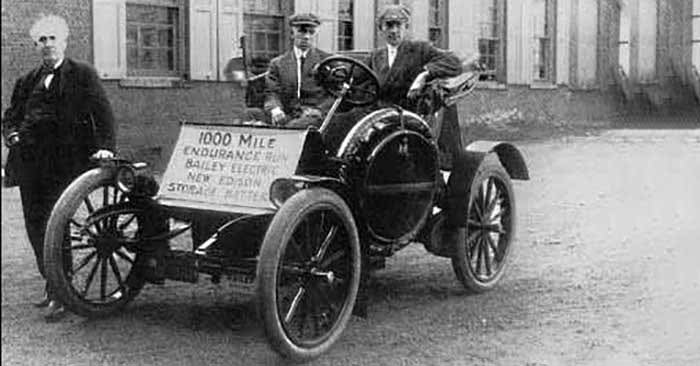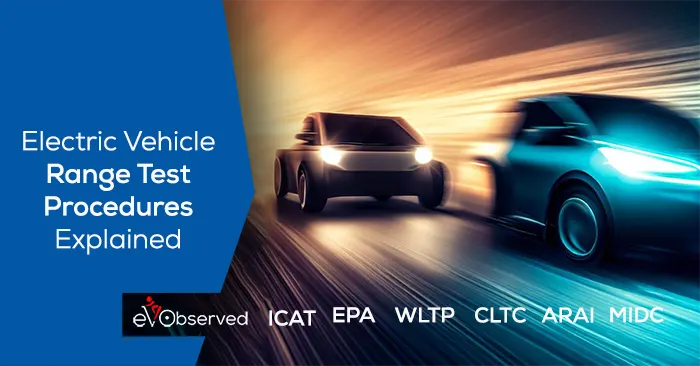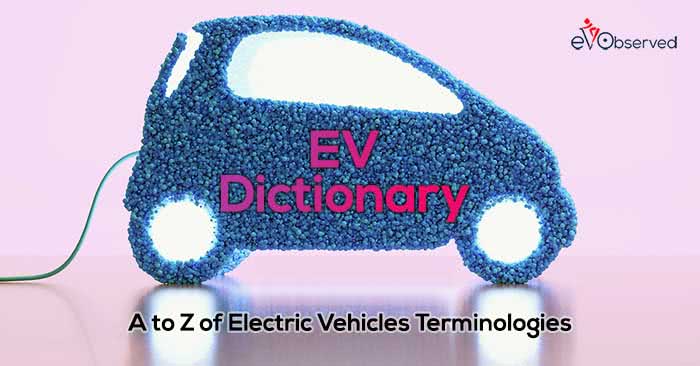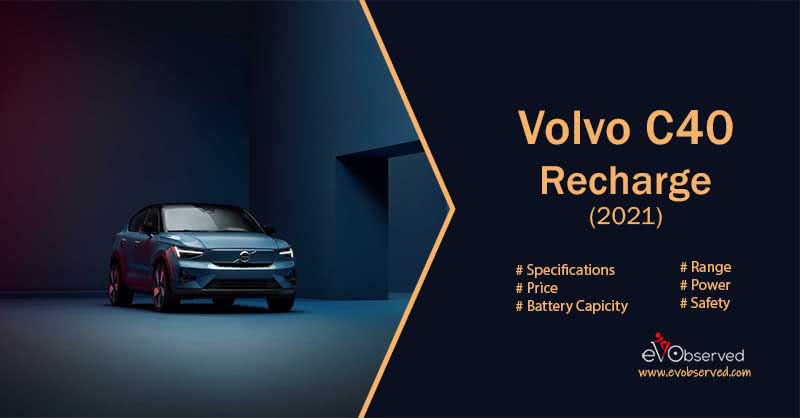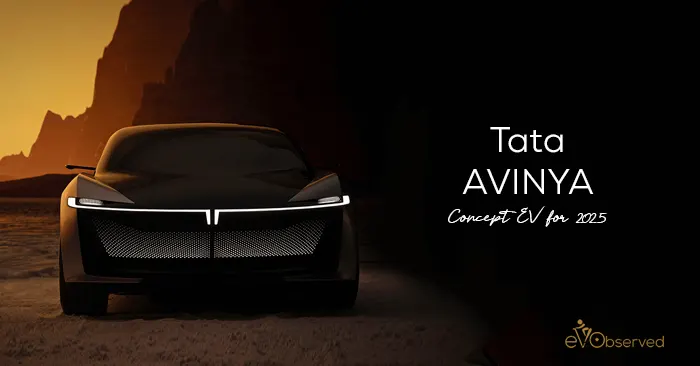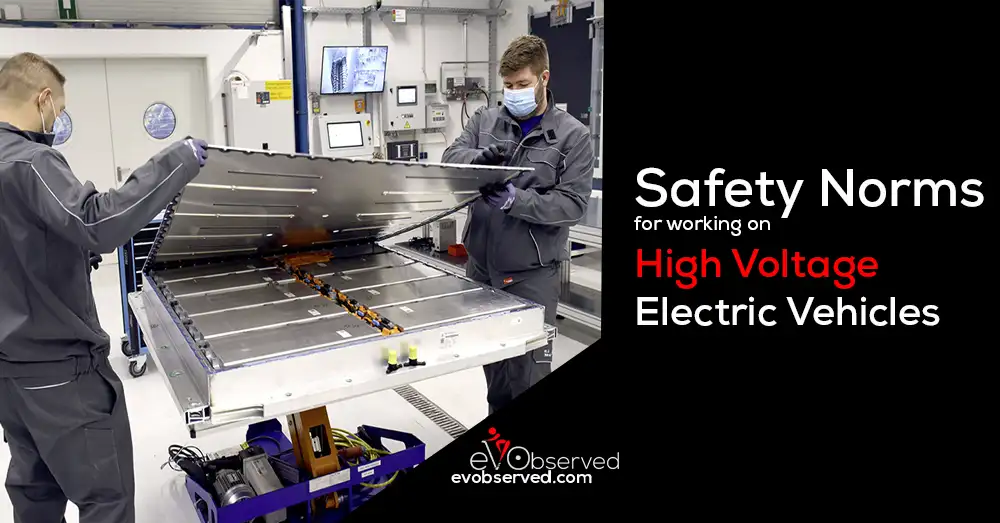With the rapid rise in the popularity of electric vehicles (EVs), automakers have been investing heavily in developing robust EV platforms. These platforms serve as the foundation for manufacturing various electric vehicles, providing the necessary architecture, components, and technologies to deliver sustainable and efficient transportation solutions.
In this article, we will delve into the world of EV platforms, exploring the key characteristics and notable examples of each platform.
☛ What You will Read here
What is a dedicated EV Platform?
A dedicated EV platform is a vehicle platform that is designed specifically for electric vehicles. It is different from a traditional vehicle platform, which is designed to accommodate both electric and gasoline-powered vehicles. Dedicated EV platforms have a number of advantages, including:
- They can accommodate larger battery packs, which gives EVs a longer range.
- They can have a more spacious interior since there is no need for an engine compartment.
- They can be more efficient since they are designed specifically for electric vehicles.
Dedicated EV platforms are becoming more common as the demand for electric vehicles grows. They offer a number of advantages over traditional vehicle platforms, and they are essential for automakers that want to produce high-performance and efficient electric vehicles.
21 Popular EV Platforms
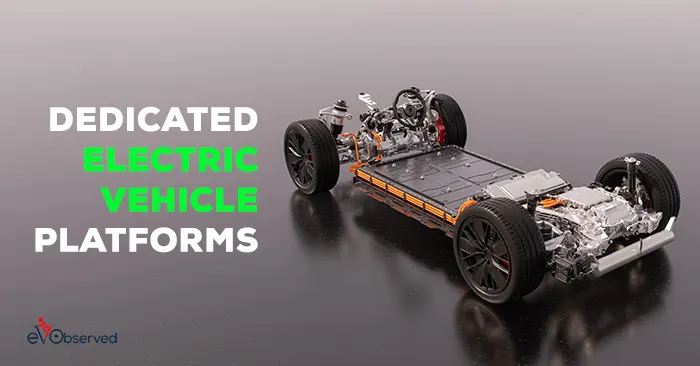
Here are 21 popular EV platforms and their summarized details
Alfa Platform (Tata)

Another notable EV platform from Tata Motors is the Alfa Platform. Developed to support both conventional and electric powertrains, the Alfa Platform offers flexibility and adaptability. It provides a strong foundation for Tata’s EVs, ensuring a seamless transition from internal combustion engine vehicles to electric ones. Tata’s upcoming ev Tata Punch EV will be based on this ALFA platform.
Born-electric pure EV (Tata)
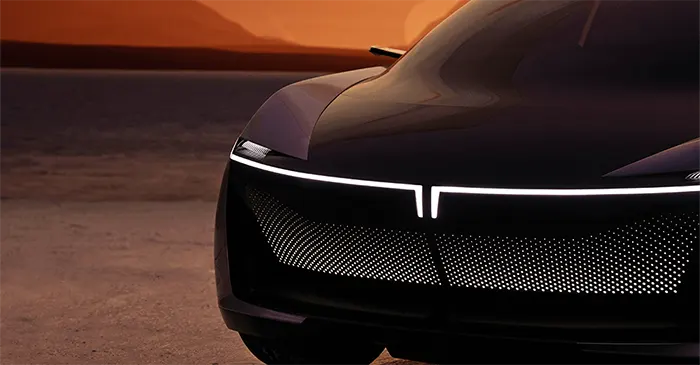
Tata Motors introduced the Born-electric pure EV platform, specifically designed for their electric vehicles. The EV concept Tata Avinya will be based on Tata Motors’ first EV-dedicated ‘Born Electric‘ platform. This platform emphasizes sustainability and performance, incorporating advanced battery technologies, efficient powertrains, and intelligent connectivity features. It serves as the backbone for Tata’s EV lineup, enabling them to deliver environmentally friendly vehicles with impressive driving capabilities.
BMW CLAR
BMW’s CLAR (Cluster Architecture) platform is a versatile architecture designed for various powertrains, including electric and hybrid. It offers scalability, advanced lightweight materials, and sophisticated engineering, providing a strong foundation for BMW’s electric vehicle lineup.
BYD e platform 3.0
BYD’s e-platform 3.0 is a cutting-edge EV architecture that incorporates the latest technological advancements in electric mobility. It prioritizes energy efficiency, driving range, and intelligent features. The e-platform 3.0 enables BYD to develop electric vehicles with impressive performance and innovative functionalities.
CMF-EV (Renault-Nissan-Mitsubishi)
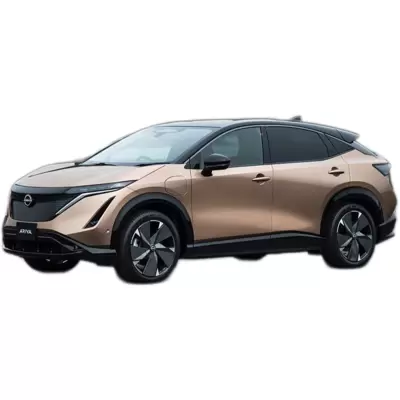
The CMF-EV platform, jointly developed by Renault, Nissan, and Mitsubishi, focuses on versatility and cost-effectiveness. It offers a modular approach, allowing automakers to develop a range of electric vehicles with varying sizes, shapes, and features. The CMF-EV platform promotes the efficient use of resources and enables automakers to cater to different market segments effectively. The 2023 ARIYA is the latest electric vehicle in the Nissan lineup to debut the new CMF-EV platform
E-GMP modular (Hyundai)
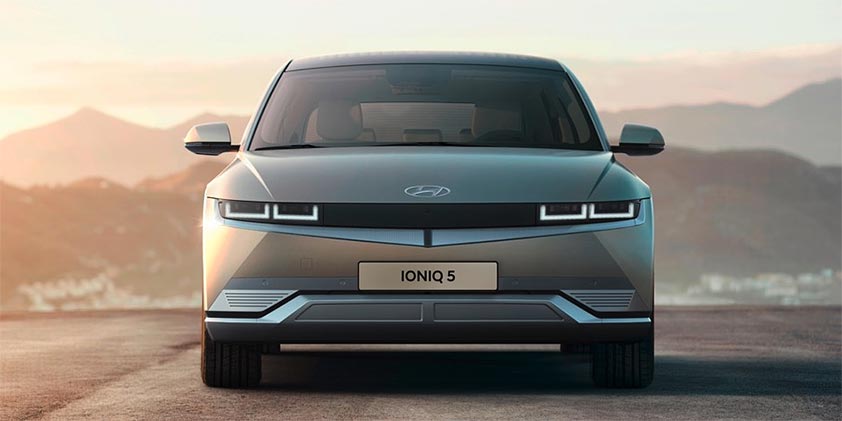
Hyundai’s Electric-Global Modular Platform (E-GMP) is a dedicated platform designed exclusively for electric vehicles. It emphasizes performance, range, and fast charging capabilities. The E-GMP platform enables Hyundai and its sister brand Kia to develop a wide range of EVs, including sedans, SUVs, and crossovers, with enhanced driving dynamics and advanced technologies.
Electric Vehicle Architecture (Mercedes-Benz)
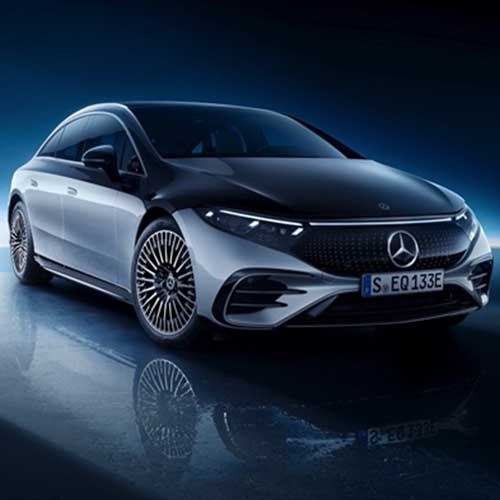
Mercedes-Benz’s Electric Vehicle Architecture serves as the foundation for its growing lineup of electric vehicles. This platform prioritizes luxury, innovation, and sustainability. It integrates advanced battery systems, intelligent driving assistance, and luxurious interiors, ensuring a premium electric driving experience.
Electric Smart Secure Architecture (ESSA) platform (DMC)
DMC’s ESSA platform is a dedicated architecture for electric vehicles, focusing on intelligent connectivity, enhanced safety features, and efficient energy management. The ESSA platform enables DMC to deliver electric vehicles with advanced connectivity and cutting-edge safety technologies.
Global Electrified 1 platform (Ford)
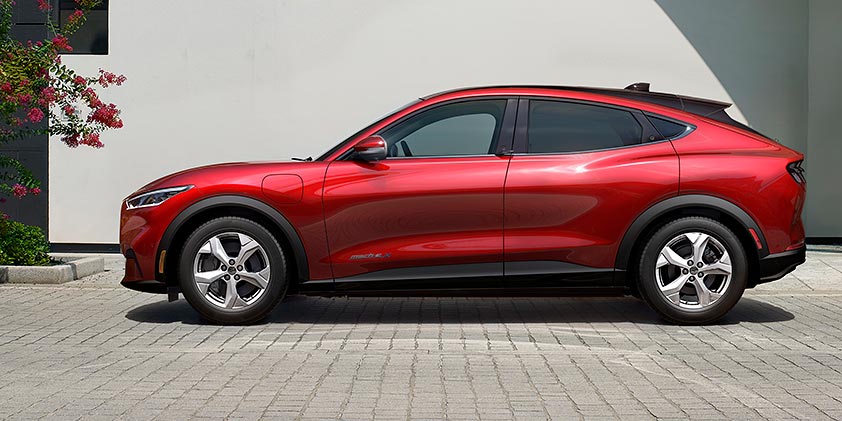
Ford’s Global Electrified 1 (GE1) platform is designed to support multiple electrified vehicles, including hybrid, plug-in hybrid, and fully electric models. It offers a versatile and scalable platform that enables Ford to develop efficient and sustainable vehicles across various segments, catering to the needs of a wide range of consumers.
GM BEV2, GM BT1, and GM BEV3

General Motors has developed multiple EV platforms to support their electric vehicle strategy. The GM BEV2, GM BT1, and GM BEV3 platforms cater to different vehicle segments and prioritize range, performance, and flexibility. These platforms showcase GM’s commitment to electrification across its brand portfolio.
INGLO platform (Mahindra)
Mahindra’s INGLO platform is a dedicated electric vehicle architecture aimed at delivering sustainable mobility solutions. It focuses on optimizing space, driving range, and overall performance. The INGLO platform enables Mahindra to develop electric vehicles with enhanced efficiency and versatility.
JLR D7e (Jaguar)
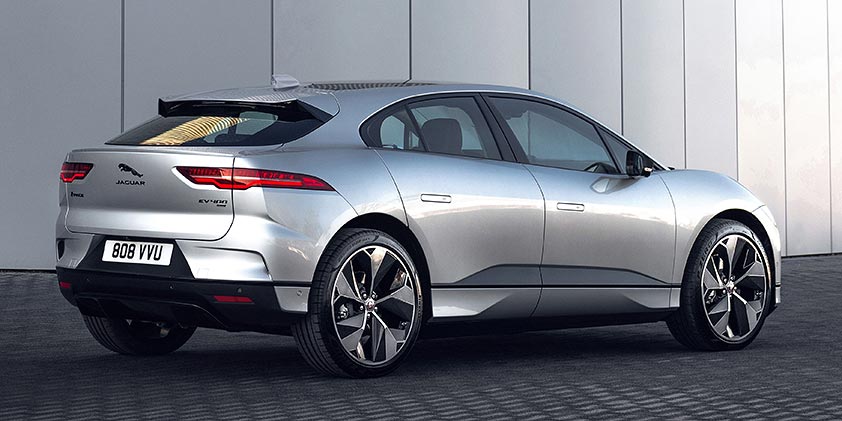
Jaguar Land Rover’s D7e platform is a flexible architecture designed to support both internal combustion engines and electric powertrains. It provides the necessary adaptability to develop electric and plug-in hybrid vehicles, showcasing Jaguar’s commitment to sustainable mobility.
MAS and More Adaptable Structure (MAS)
MAS and MAS More Adaptable Structure are platforms developed by Chinese automakers, emphasizing flexibility, modularity, and cost-effectiveness. These platforms enable Chinese manufacturers to efficiently produce a wide range of electric vehicles and quickly adapt to market demands.
Mercedes Modular Architecture (MMA)
The Mercedes Modular Architecture (MMA) is a scalable platform developed by Mercedes-Benz for electric vehicles. It offers flexibility in vehicle size, battery capacity, and range, allowing Mercedes-Benz to create a diverse lineup of electric vehicles with varying performance levels and body styles.
Modular Electric Drive Matrix (Volkswagen)
Volkswagen’s Modular Electric Drive Matrix (MEB) platform is a dedicated EV architecture designed to underpin a wide range of electric vehicles. The MEB platform emphasizes efficiency, range, and affordability. It enables Volkswagen and its subsidiary brands to develop electric cars with compelling features and competitive pricing.
Panthera (Jaguar)
Jaguar’s Panthera platform is an upcoming EV architecture designed to deliver high-performance electric vehicles. With a focus on power, agility, and cutting-edge technologies, the Panthera platform represents Jaguar’s commitment to electrification and performance-driven electric mobility.
ROLLSROYCE AOL
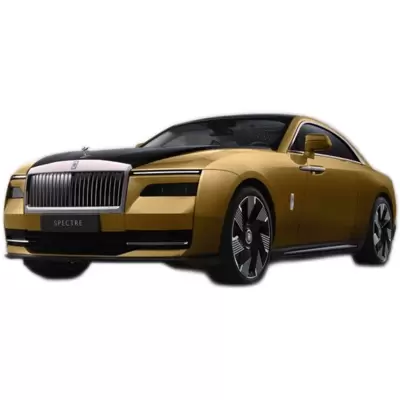
The ROLLSROYCE AOL (Architecture of Luxury) platform is a bespoke electric vehicle architecture developed by Rolls-Royce. It offers uncompromising luxury, refined craftsmanship, and state-of-the-art technology. The AOL platform serves as the foundation for Rolls-Royce’s foray into electric mobility, ensuring a seamless transition to sustainable luxury vehicles.
SEA (Geely)
Geely’s Sustainable Experience Architecture (SEA) platform is a dedicated electric vehicle architecture designed to support various vehicle sizes and segments. The SEA platform offers a high level of flexibility, ensuring efficient production and providing Geely with the foundation to develop advanced electric vehicles.
TMC E-TNGA (Subaru)
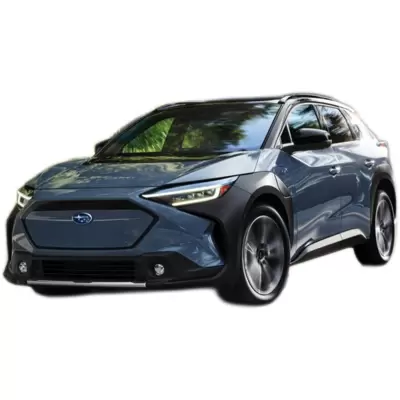
The TMC E-TNGA platform, jointly developed by Toyota Motor Corporation (TMC) and Subaru, focuses on delivering all-electric and hybrid vehicles. This modular architecture emphasizes versatility, scalability, and driving performance. It enables both Toyota and Subaru to develop a range of electrified vehicles with shared components and optimized resources.
TESLA S/X and TESLA 3/Y
Tesla’s EV platforms have revolutionized the electric vehicle market. The TESLA S/X platform serves as the foundation for the Model S and Model X, while the TESLA 3/Y platform underpins the Model 3 and Model Y. These platforms prioritize range, performance, and cutting-edge technologies, establishing Tesla as a leader in the EV industry.
Ultium platform (GM)
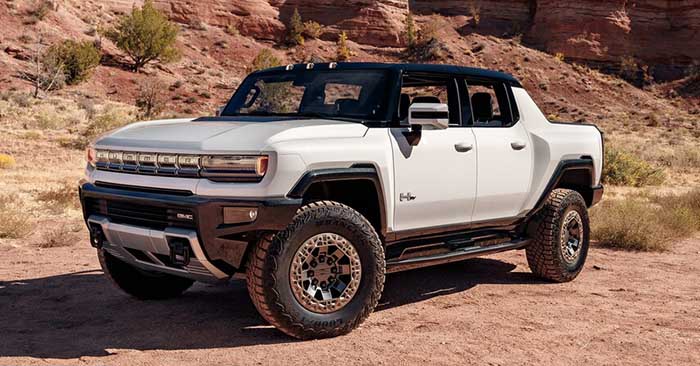
General Motors’ Ultium platform is a modular EV architecture that offers flexibility and scalability. It supports various vehicle types, ranging from compact cars to large SUVs, and provides exceptional range and fast charging capabilities. The Ultium platform forms the basis for GM’s ambitious electric vehicle plans.
Dedicated EV platform: Conclusion
The world of EV platforms is diverse and evolving, with automakers investing significant resources in developing dedicated architectures for electric vehicles. These platforms serve as the backbone for manufacturing electric cars, providing the necessary foundation for sustainable mobility.
From Tata’s Born-electric pure EV and Alfa platforms to Tesla’s groundbreaking EV architectures and the modular platforms of major automakers, each platform brings its unique characteristics and strengths to the electric vehicle market. As the industry continues to progress, these platforms will play a vital role in shaping the future of electric mobility and driving the adoption of sustainable transportation solutions.

